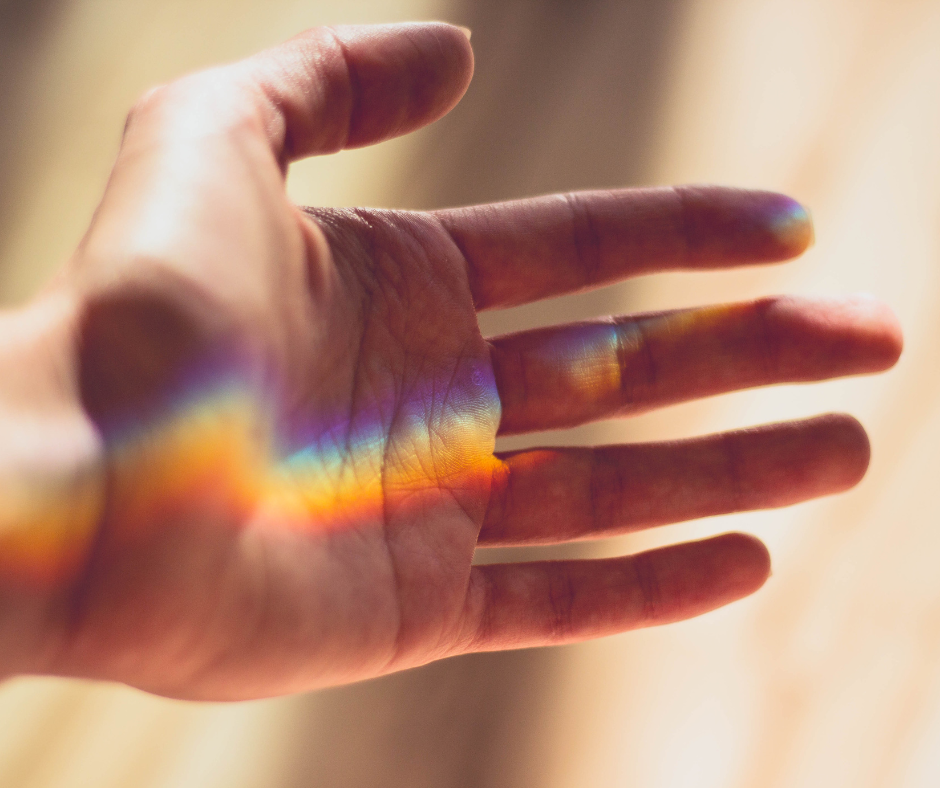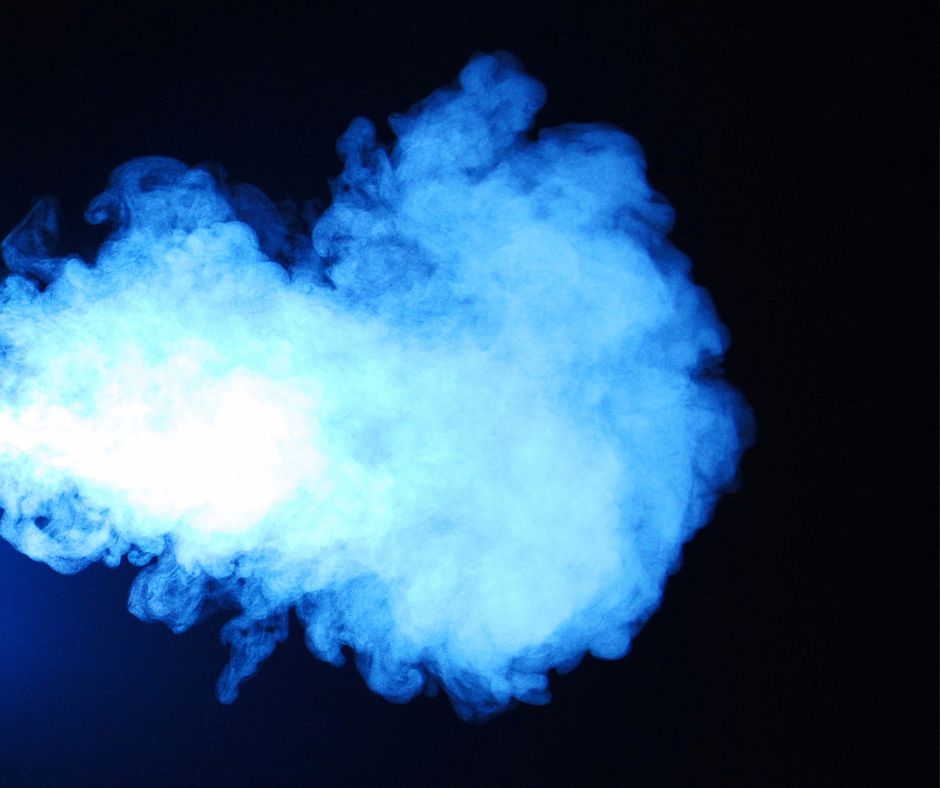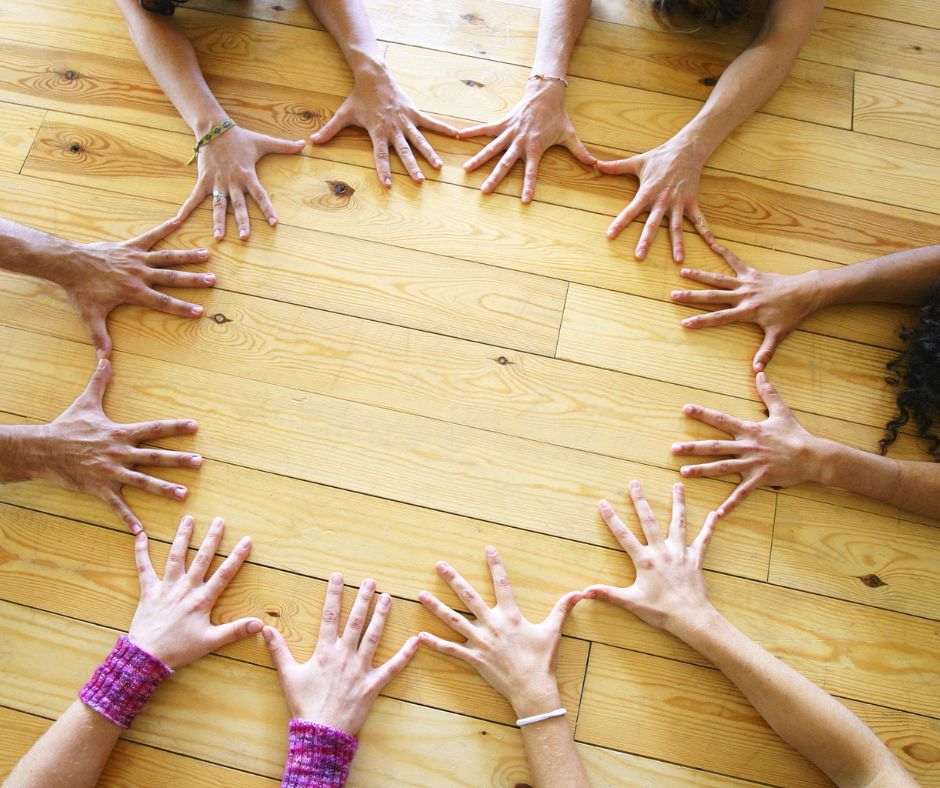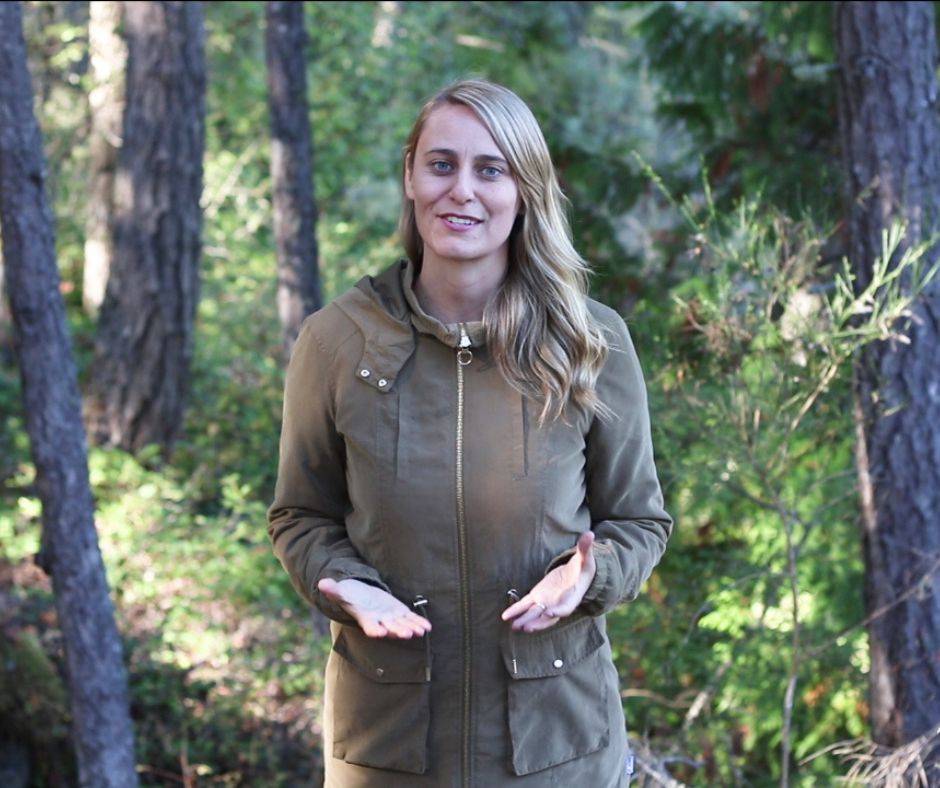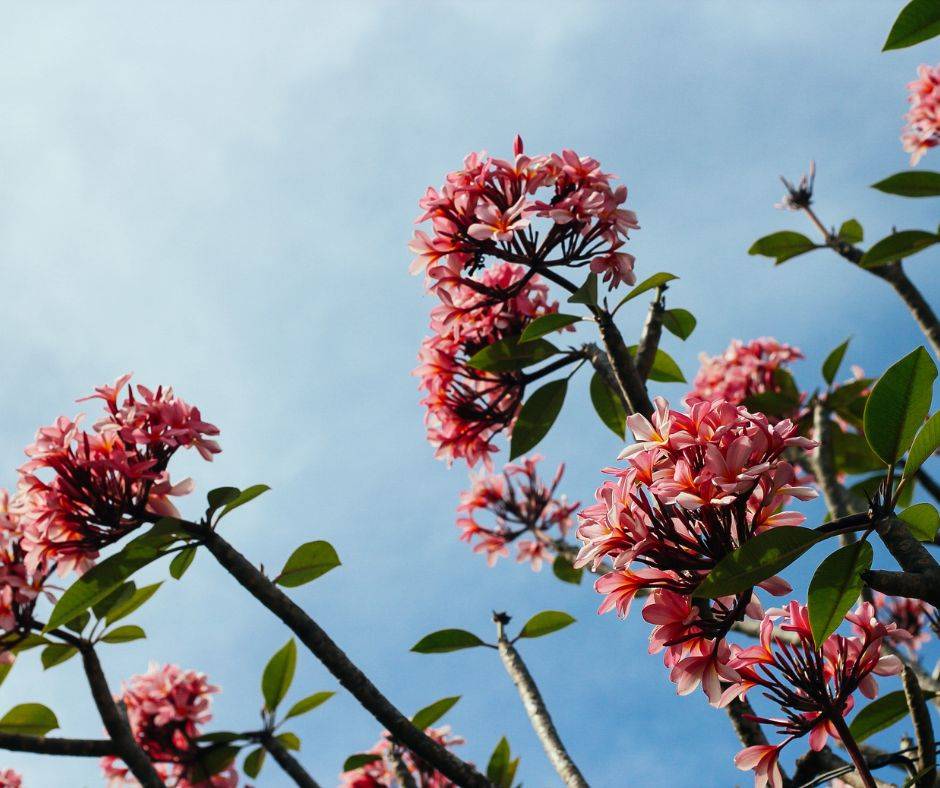According to Traditional Chinese Medicine (and many other eastern healing arts), the body contains channels of Qi or prana. These channels are generally called meridians in Chinese Medicine. The word “meridian” comes from the word “jing luo”. Translated, this means something that travels through, or something that connects, like a thread in fabric. These channels act as gateways to the “energetic” or “subtle body” system.
Each primary channel is related to a pair of internal organs and can be activated through acupuncture, touch, movement, or meditation. Along each of these channels lie acupressure points which have specific functions and/or actions.
During a yin yoga practice, it can be helpful to gently massage a few of these acupressure points. Because each point has a related meridian and organ system, using specific points during your practice increases the therapeutic benefits of a given sequence or pose.
Start by finding the given points below. Put gentle pressure on the point and gradually increase the pressure over time. Use your thumb to gently press in a circular motion or, if you prefer, you can remain still. Hold the point 30 seconds to 1-2 minutes or however long feels comfortable. All points mentioned below are present on both sides of the body.
Kidney 1 (Yongquan) // Tala Hrdaya
This is the lowest and most grounding point on the body. In Ayurvedic medicine this point closely correlates with the point called Tala Hrdaya. Kidney 1 helps to strongly descend excess energy. Because of this, it makes an excellent point if you’re experiencing agitation, anxiety, or insomnia. It’s also helpful for excess heat rising such as hot flashes and night sweats associated with menopause.
Learn more about Kidney energy here.
LOCATION: The location of this point can be found on the sole of the foot in the groove just under, and in the middle of, the pads of the big toe and second toe.
Liver 3 (Tai Chong)
In Chinese Medicine, the Liver channel is related to the “smooth flow of Qi”. When the Liver is stagnant, you’ll feel more tense and irritable. Generally, Liver energy likes to move, so pressing this point helps to get emotions, thoughts, and physical blockages moving. It’s great for overall stress, headaches, menstrual irregularities, and pain.
Find a yin yoga sequence for the Liver and Gallbladder channels here.
LOCATION: This point is located on the top of the foot, in the hollow between the bones of the big toe and second toe.
Pericardium 6 (Nei Guan)
The pericardium is considered the “heart protector” and therefore is closely associated with the functions of the heart. Pericardium 6 is a good point to open the chest and regulate the heart. It can be used for support during heart centred emotional troubles and to calm the mind. However, it’s most well known for its effect on the stomach in cases of nausea, motion sickness, and morning sickness.
Target the pericardium channel with the yin yoga pose melting heart pose found here.
LOCATION: Located on the centre of the inside of the wrist, two thumb widths up the arm away from the wrist crease.
Spleen 6 (San Yin Jiao)
Add pressure to this point to target the Spleen meridian. According to Chinese Medicine, the Spleen can become heavy with too much processed or sweet food. Pressing this point is especially helpful if you’ve been feeling weighed down due to digestive disturbance. It is also helpful to support and build the digestive system overall.
Find a yin yoga sequence for the Spleen and Stomach channels here.
LOCATION: This point is located on the inner side of the leg. Measure 4 finger widths directly above the inner ankle. The point is located on the inside of the bone (the medial crest of the tibia). Most people find a small depression or a place near this area that feels a little more sensitive.
Lung 1 and 2 (Zhong Fu and Yun Men):
These Lung points are particularly helpful if you’re working with lung congestion, troubles breathing, or you’re processing grief. During your sequence some poses may compress these points and others will release the compression. You can also place gentle pressure on these points near the beginning of your practice or during a supported backbend that opens the chest.
Learn about how to heal the Lung and how it’s related to the season of fall here.
LOCATION: These two points are located at the top of the chest in the small groove below the intersection of the collarbone and the shoulder on either side of the upper chest. If you trace your finger along and below the collarbone starting at the centre and going outwards, you will reach a hollow near the end of the collarbone called the “delto-pectoral triangle” where the points are located.

